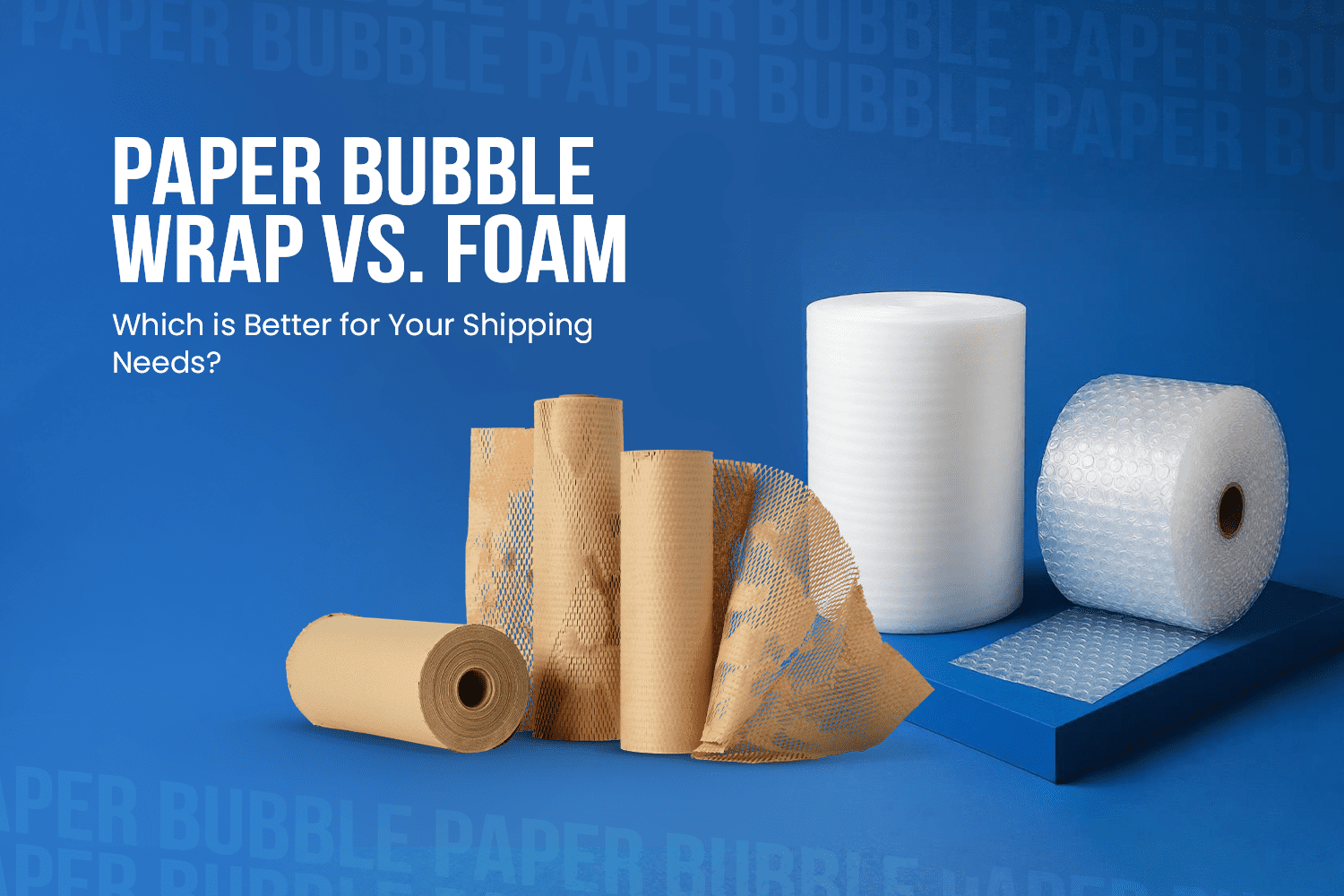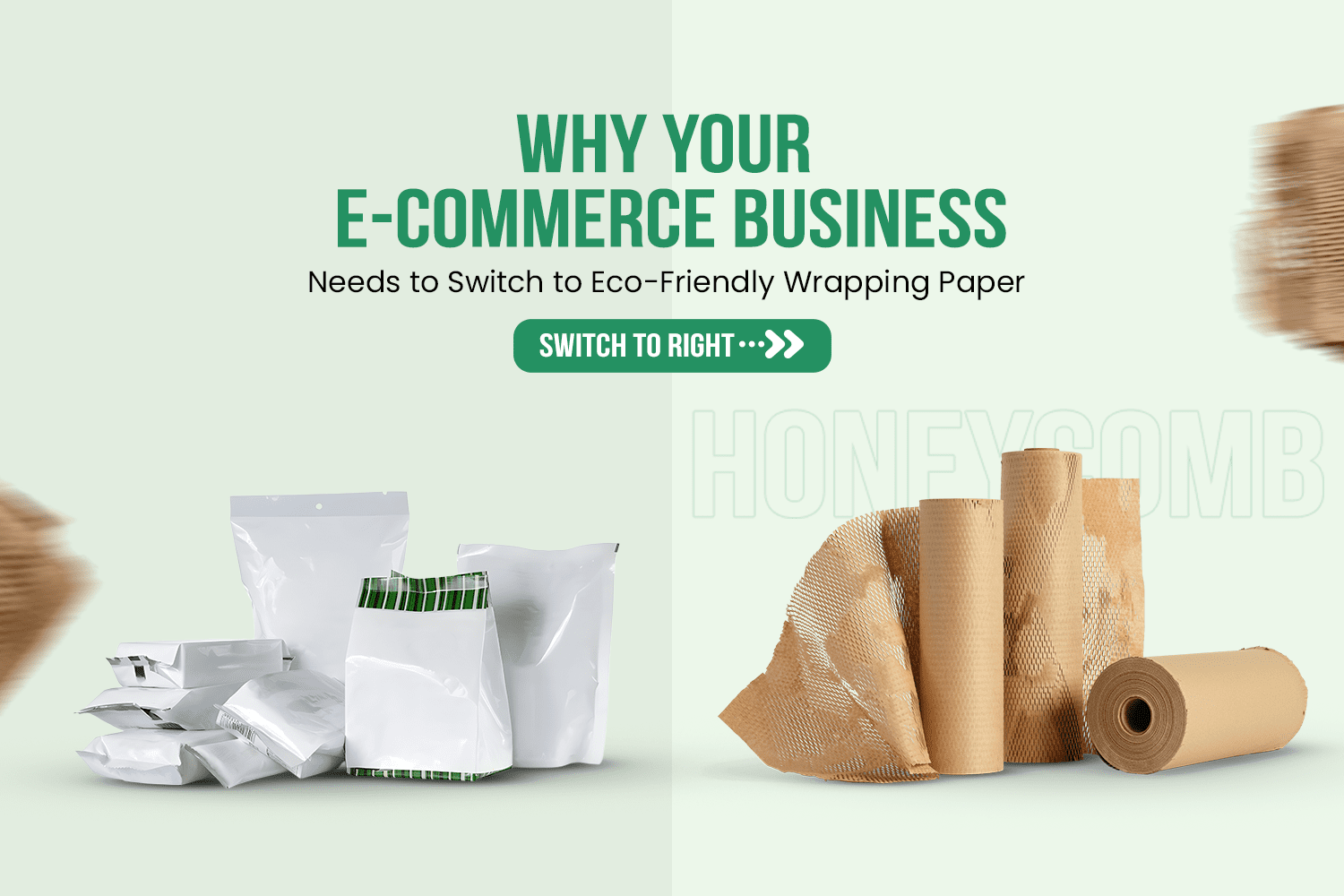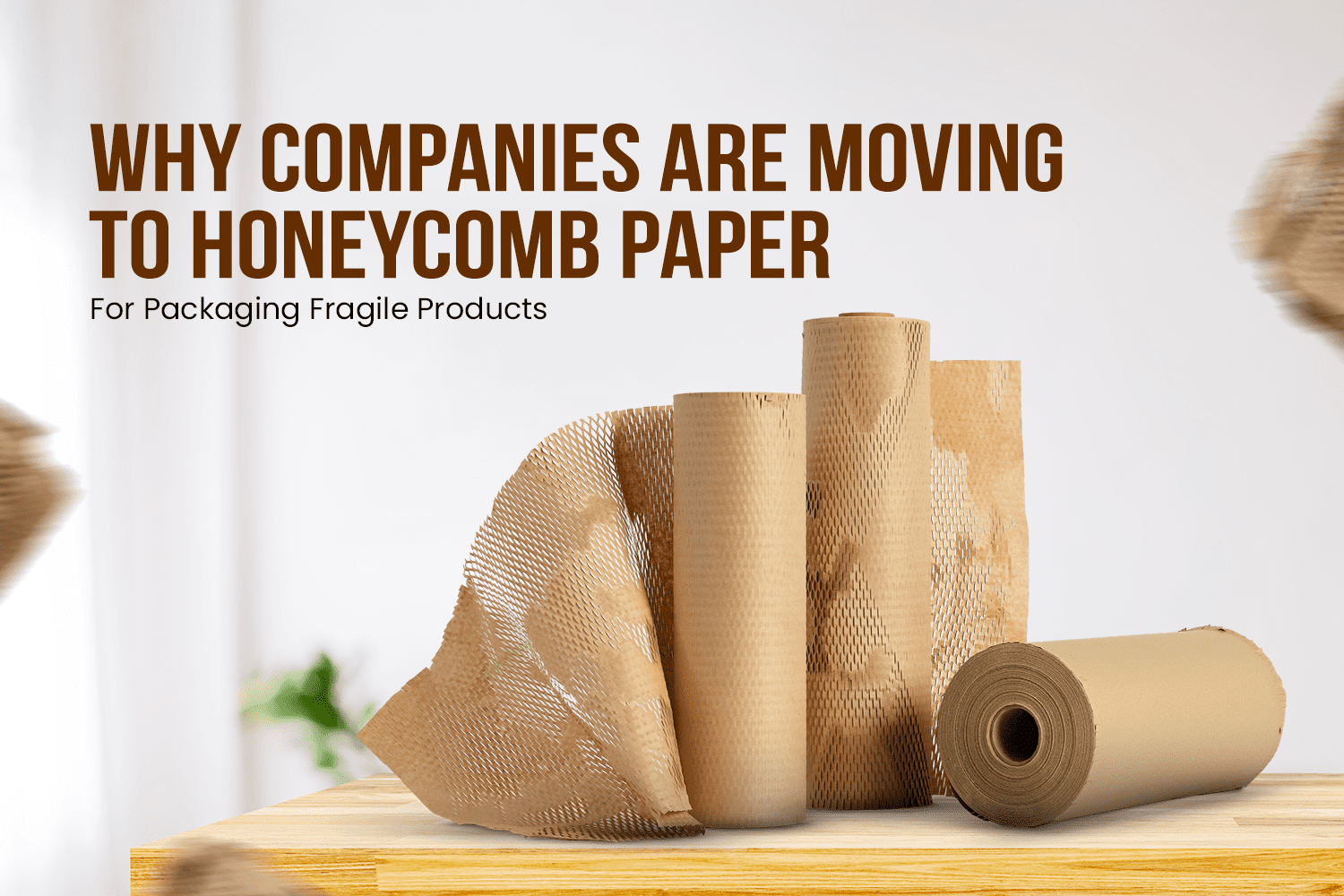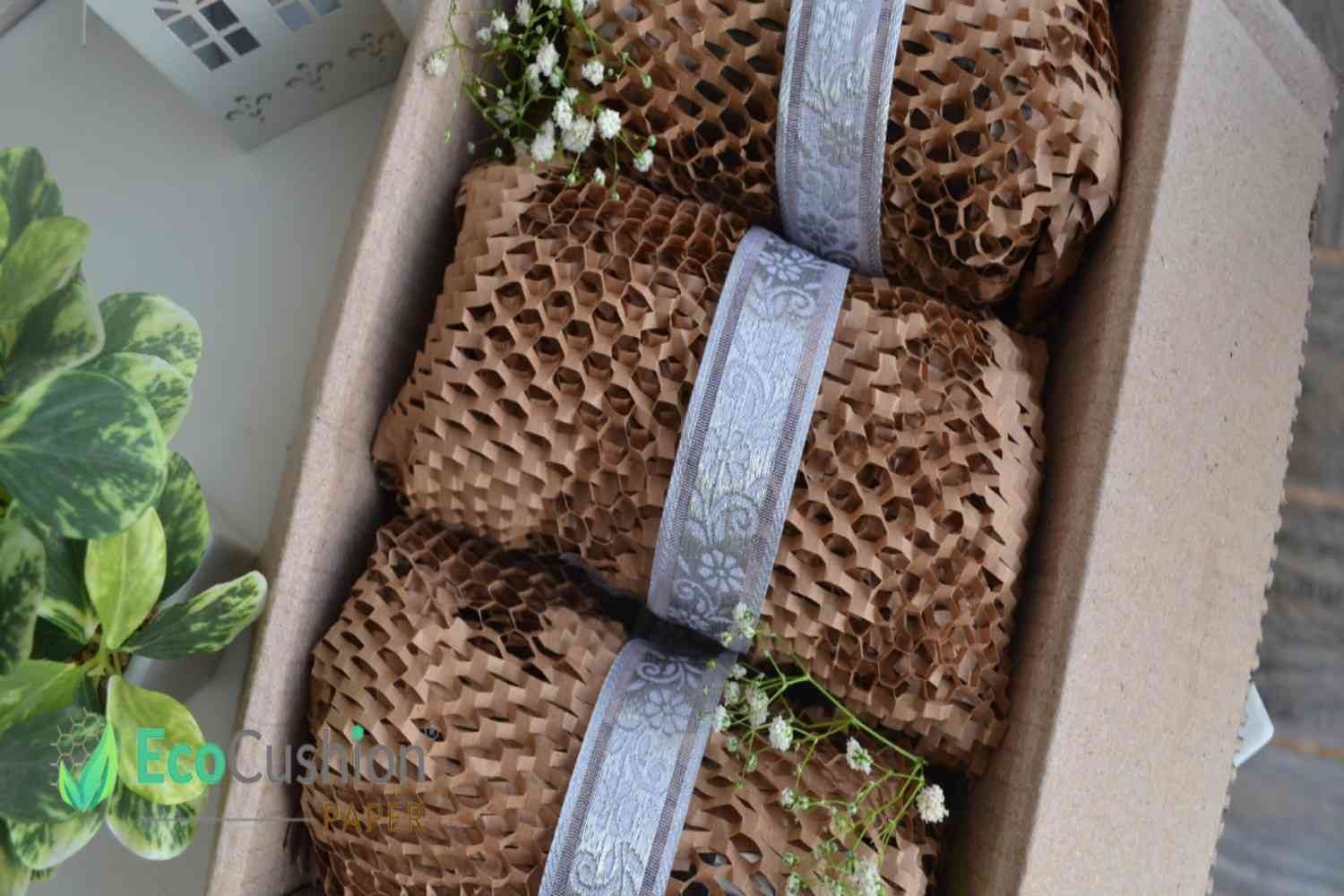No products in the cart.: ₹0.00
Paper Bubble Wrap vs. Foam: Which is Better for Your Shipping Needs?

When it comes to shipping products—whether you’re a small business owner or someone who frequently sends out gifts—ensuring that your items arrive safely is non-negotiable. That’s where protective packaging comes in. But with so many options available, one common dilemma we all face is: Should I go for foam or bubble wrap? And if you’re someone who’s trying to make eco-conscious choices, the question gets even trickier.
Let’s break it down and compare two popular packaging solutions: paper bubble wrap and foam. By the end of this post, hopefully, you’ll know which one suits your needs, and your values better.
What Exactly Are We Comparing?
Before we dive into the pros and cons, let’s quickly understand what each of these materials actually is.
- Foam (Polyethylene Foam): This is a lightweight plastic material often used for wrapping electronics, furniture, or anything fragile. It’s known for its cushioning effect and resistance to pressure.
- Paper Bubble Wrap (aka Bubble Paper): Think of this as the eco-friendlier cousin of plastic bubble wrap. It’s made from kraft paper that’s formed into a honeycomb-like structure—giving your items just the right amount of padding, without the plastic guilt.
The Protection Factor: Which One Cushions Better?
If you’re shipping something delicate, protection is your top priority.
- Foam: It does a good job absorbing shocks and vibrations. If you’re dealing with electronics, ceramics, or glassware, foam is often considered a safe bet. It’s especially useful for surface protection and scratch resistance.
- Paper Bubble Wrap: While it might not feel as plush as foam, don’t underestimate it. Thanks to its unique honeycomb structure, bubble paper offers surprisingly good cushioning and void-fill. It keeps items snug in their boxes, minimizing movement and the risk of breakage.
Verdict: Both do the job, but unless you’re shipping something very sensitive, paper bubble wrap holds up just fine for most day-to-day shipping needs.
Sustainability: Paper Bubble Wrap is the Clear Winner
If you’re even a little environmentally conscious, this is where things get real.
- Foam: Most foam wrap is made from polyethylene, which is a petroleum-based plastic. It’s not biodegradable, and even though some of it can technically be recycled, the actual rates of recycling are incredibly low.
- Paper Bubble Wrap: 100% recyclable, biodegradable, and made from renewable resources. It’s an easy switch if you’re looking to reduce your carbon footprint without compromising on protection.
Verdict: No competition here—bubble paper wins hands down.
Aesthetics Matter Too
Let’s be honest: first impressions count. Especially if you’re a small business sending out orders, the unboxing experience can make or break your brand impression.
- Foam: Functional? Yes. Pretty? Not really. It looks a bit industrial and isn’t very appealing visually.
- Paper Bubble Wrap: It has a warm, earthy, and clean aesthetic. It looks more thoughtful and premium, especially when paired with other eco-friendly packaging.
Verdict: For a brand that cares about how their packages look and feel, bubble paper is a better fit.
Storage and Ease of Use
How easy is it to use and store each option?
- Foam: It usually comes in large rolls and takes up a lot of space. Cutting and wrapping also takes a bit of effort, and it tends to cling (static electricity is a thing!).
- Paper Bubble Wrap: Comes in compact, expandable formats. It’s easier to tear, wrap, and mould around your product. Plus, it usually doesn’t need scissors or tape.
Verdict: Bubble paper is more compact and user-friendly.
Cost Consideration
Let’s talk money—because budgets matter.
- Foam: It tends to be cheaper, especially when bought in bulk. If you’re shipping a high volume of delicate goods and cost is your biggest concern, foam might win.
- Paper Bubble Wrap: Slightly more expensive per roll, but the price is closing in as demand grows. Plus, some would argue the aesthetic and environmental value it brings makes it worth the few extra bucks.
Verdict: Foam wins in terms of raw cost, but bubble paper offers better long-term value for eco-conscious brands.
So… What Should You Pick?
Here’s a quick cheat sheet depending on your priorities:
- If you care about maximum shock absorption → Go for Foam
- If you care about eco-friendliness → Go for Paper Bubble Wrap
- If you want a premium unboxing experience → Go for Paper Bubble Wrap
- If you’re on the tightest budget → Go for Foam
- If you want easy handling and storage → Go for Paper Bubble Wrap
- If you want aesthetic packaging for branding → Go for Paper Bubble Wrap
Final Thoughts
In 2025, we’re lucky to have choices when it comes to packaging materials. While foam has been a traditional go-to for many, paper bubble wrap is quickly becoming the smarter, more sustainable alternative. It protects your products and the planet—and that’s a combo hard to beat.
So if you’re looking to switch to packaging that aligns with your values, consider exploring EcoCushion Paper’s bubble wrap solutions. They’re simple, stylish, and sustainable—just what modern shipping should be.




